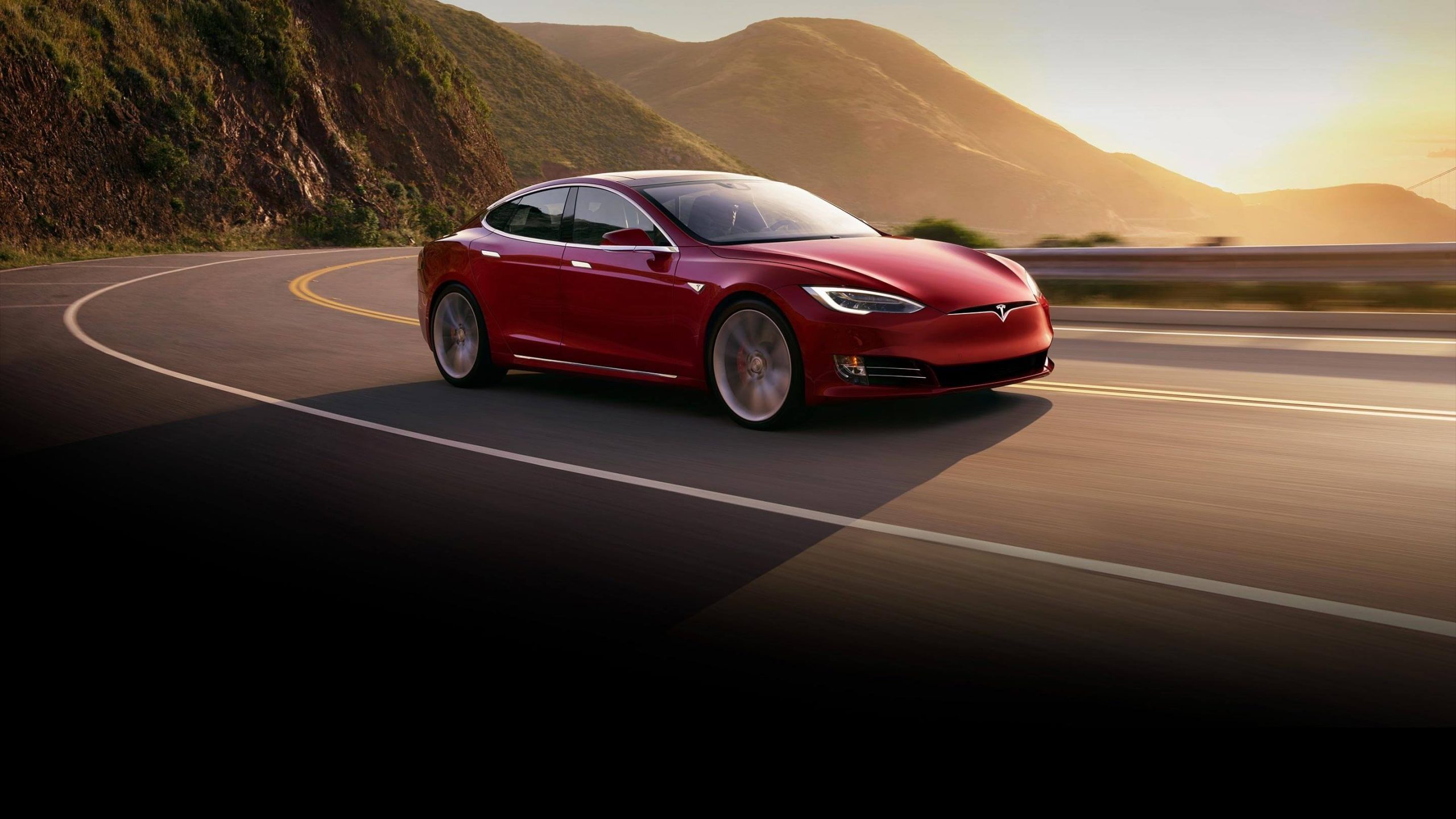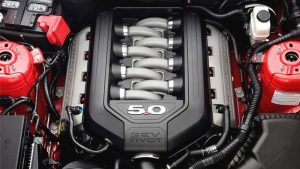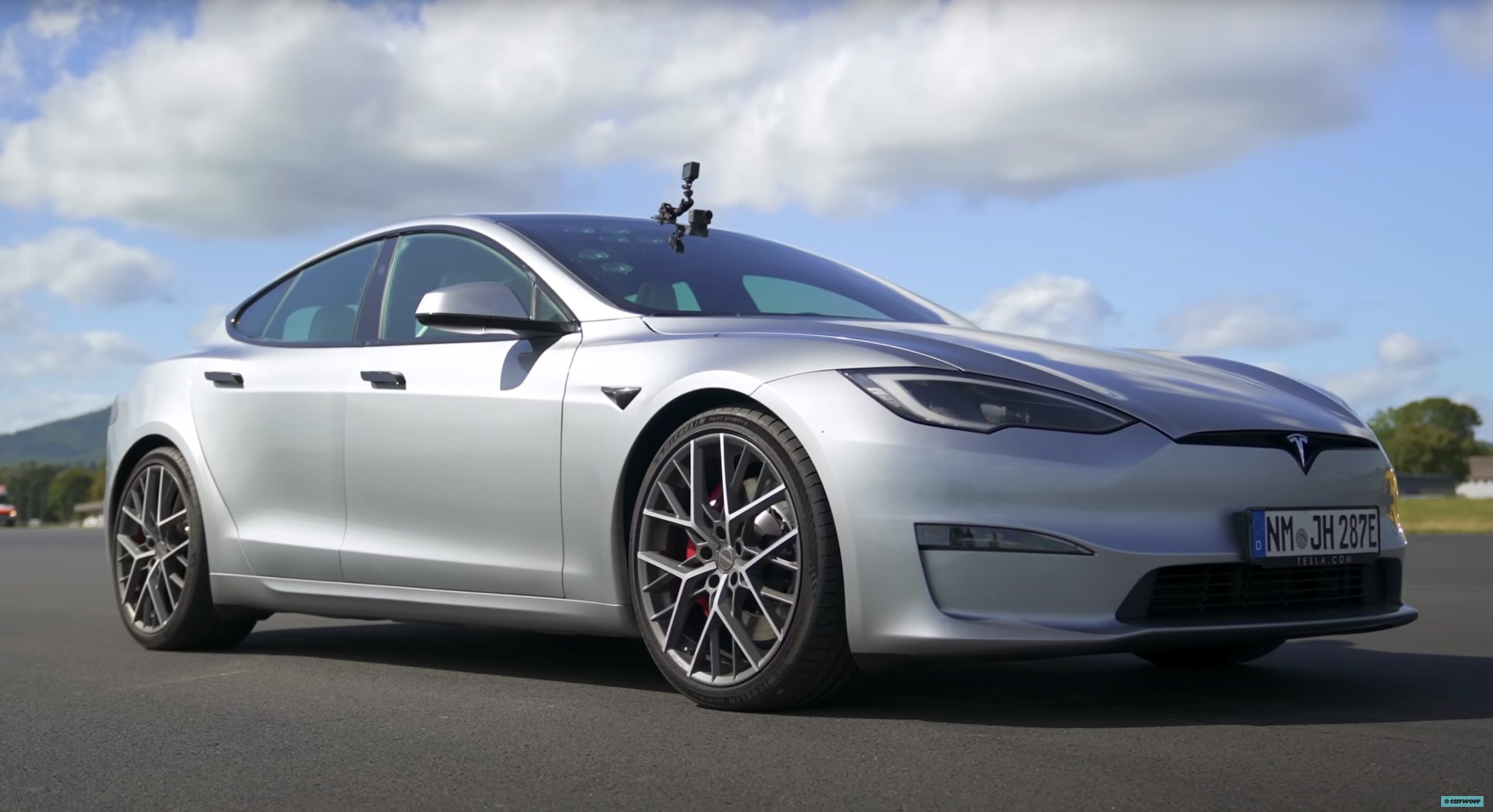Tesla Model S
Will electric sports cars fully replace petrol-based performance cars?

About 20 years ago, when you thought of electric cars, you probably envisioned a safe sedan puttering along the roadway, carrying the eco-conscientious about their daily errands. Today, though, Tesla’s sexy sports cars have become synonymous with electric vehicles. With the new Tesla Model S P100D tearing up the tracks with a 10.7 second quarter mile, will these electric sports cars take the place of our favorite gasoline engines?
Forget Fossil Fuels
We’ve been taught since grade school that fossil fuels are a finite resource, with most sources projecting that we could potentially exhaust natural fuel reserves as soon as 2052. We might not have to wait that long, though. Some experts in the electric car industry are predicting that fossil fuels in general will be totally obsolete by 2030. Why?
Two words – electric vehicles.
Projections are showing that once electric cars are mass-produced, they will cost less to charge, less to build and subsequently, be less expensive to purchase as well.
Of course, the automotive and oil industries are not happy with this prediction, but it doesn’t seem like there’s much that will prevent the electric car revolution.
Pros and Cons
Electric cars do have some major benefits to be sure. Some pros of owning an electric sports car include:
- They’re quieter than the traditional internal combustion engine
- You never have to line up as the gas pump ever again
- They’re more efficient and less expensive to operate
- They help reduce your carbon footprint
- They’re the newest, shiniest toys
 If you’re a fan of the traditional sports car, though, a few of these pros can quickly become cons. While the motor of an electric car can be quieter than its internal combustion counterpart, some will argue that it can never match the roar of a tricked-out sports car engine as it tears its way down the track. For some, that’s one of the main reasons they get a car only to spend thousands on mods that will give them that perfect rumble.
If you’re a fan of the traditional sports car, though, a few of these pros can quickly become cons. While the motor of an electric car can be quieter than its internal combustion counterpart, some will argue that it can never match the roar of a tricked-out sports car engine as it tears its way down the track. For some, that’s one of the main reasons they get a car only to spend thousands on mods that will give them that perfect rumble.
The P100D might be able to rocket from 0-60 mph in 2.5 seconds, courtesy of its Ludicrous mode – a nod to Mel Brooks’ movie “Spaceballs” and to Elon Musk’s love of all things pop culture – but does the quiet electric motor have the soul that a V8 Mustang or Corvette engine does?
Will Electric Really Take Over?
This battle to the death between electric cars and classic gasoline-powered ones will likely be a long one. Growing concerns about carbon emissions and dwindling fossil fuel stores will carry the electric car revolution to its logical conclusion, but classic car lovers will likely not go down without a fight.
Like the automatic transmission before it, car lovers will likely be slow to accept the changeover to electric sports cars. Even today, there are still people arguing that the manual transmission provides a better driving experience, because they would rather have the “original, pure” way. Even as laws change to favor electric, change will likely be slow. Just think of all the times you see cars with pitch black windows, despite there being laws that only allow certain limits. Very few people would un-tint their windows when the laws change, and even fewer are going to stop driving their classic gas-powered cars as laws on those tighten as well.
There’s no way to tell what the final outcome of this battle will be, but if previous automotive advances are any indication, there will always be a few holdouts that cling to their internal combustion engines. Nothing will ever replace the roar of a V8 tearing its way down the track, but the automotive industry is changing and we will simply have to follow the path of innovation or risk being left in the dust.

News
Tesla shocks with latest Robotaxi testing move
Why Tesla has chosen to use a couple of Model S units must have a reason; the company is calculated in its engineering and data collection efforts, so this is definitely more than “we just felt like giving our drivers a change of scenery.”

Tesla Model S vehicles were spotted performing validation testing with LiDAR rigs in California today, a pretty big switch-up compared to what we are used to seeing on the roads.
Tesla utilizes the Model Y crossover for its Robotaxi fleet. It is adequately sized, the most popular vehicle in its lineup, and is suitable for a wide variety of applications. It provides enough luxury for a single rider, but enough room for several passengers, if needed.
However, the testing has seemingly expanded to one of Tesla’s premium flagship offerings, as the Model S was spotted with the validation equipment that is seen entirely with Model Y vehicles. We have written several articles on Robotaxi testing mules being spotted across the United States, but this is a first:
🚨 Tesla is using Model S vehicles fitted with LiDAR rigs to validate FSD and Robotaxi, differing from the Model Ys that it uses typically
Those Model Y vehicles have been on the East Coast for some time. These Model S cars were spotted in California https://t.co/CN9Bw5Wma8 pic.twitter.com/UE55hx5mdd
— TESLARATI (@Teslarati) December 11, 2025
Why Tesla has chosen to use a couple of Model S units must have a reason; the company is calculated in its engineering and data collection efforts, so this is definitely more than “we just felt like giving our drivers a change of scenery.”
It seems to hint that Tesla could add a premium, more luxury offering to its Robotaxi platform eventually. Think about it: Uber has Uber Black, Lyft has Lyft Black. These vehicles and services are associated with a more premium cost as they combine luxury models with more catered transportation options.
Tesla could be testing the waters here, and it could be thinking of adding the Model S to its fleet of ride-hailing vehicles.
Reluctant to remove the Model S from its production plans completely despite its low volume contributions to the overall mission of transitioning the world to sustainable energy, the flagship sedan has always meant something. CEO Elon Musk referred to it, along with its sibling Model X, as continuing on production lines due to “sentimental reasons.”
However, its purpose might have been expanded to justify keeping it around, and why not? It is a cozy, premium offering, and it would be great for those who want a little more luxury and are willing to pay a few extra dollars.
Of course, none of this is even close to confirmed. However, it is reasonable to speculate that the Model S could be a potential addition to the Robotaxi fleet. It’s capable of all the same things the Model Y is, but with more luxuriousness, and it could be the perfect addition to the futuristic fleet.
News
Tesla Model S makes TIME’s list of Best Inventions

Tesla’s flagship sedan, the Model S, has officially been named one of TIME Magazine’s Best Inventions of the 2000s. It joins its sibling, the Model 3, which made the list in 2017.
The Model S is among the most crucial developments in the automotive industry in the last century.
Just as the Ford Model T made its mark on passenger transportation, becoming the first combustion engine vehicle to be successfully developed and marketed at a time when horse and buggy were the preferred mode of transportation, the Model S revolutionized things a step further.
Although it was not the first EV to be developed, the Tesla Model S was the EV that put EVs on the map. In 2012, TIME recognized the Model S as a piece of technology that could truly transform the car industry.
The publication wrote:
“This electric four-door sedan has the lines of a Jaguar, the ability to zip for 265 miles (426 km) on one charge—that’s the equivalent of 89 m.p.g. (2.6 L/100 km)—and touchscreen controls for everything from GPS navigation to adjusting the suspension.”
Looking back, TIME was right on. The Tesla Model S was truly a marvel for its time, and it, along with the OG 2008 Roadster, can be seen as the first two EVs to push electrification to the mainstream.
As TIME described this year, the Model S “proved to be a game-changing experience for electric vehicles,” and it ended up truly catalyzing things for not only the industry, but Tesla as well.
The Model S acted as a fundraiser of sorts for future vehicles, just as the Model X did. They paved the way for the Model 3 and Model Y to be developed and offered by Tesla at a price point that was more acceptable and accessible to the masses.
The Current State of the Tesla Model S
The Model S contributes to a very small percentage of Tesla sales. The company groups the Model S with the Model X and Cybertruck in its quarterly releases.
Last year, that grouping sold 85,133 total units, a small percentage of the 1.789 million cars it delivered to customers in 2024.
Things looked to be changing for the Model S and the Model X this year, as Tesla teased some improvements to the two cars with a refresh. However, it was very underwhelming and only included very minor changes.
Lucid CEO shades Tesla Model S: “Nothing has changed in 12 years now”
It appeared as if Tesla was planning to sunset the two cars, and while it has not taken that stance yet, it seems more likely that the company will begin taking any potential options to heart.
CEO Elon Musk said a few years ago that the two cars were only produced due to “sentimental reasons.”
Lifestyle
Tesla Model S Plaid battles China’s 1500 hp monster Nurburgring monster, with surprising results
There is just something about Tesla’s tuning and refinement that makes raw specs seem not as game-changing.

The Tesla Model S Plaid has been around for some time. Today, it is no longer the world’s quickest four-door electric sedan, nor is it the most powerful. As per a recent video from motoring YouTube channel Carwow, however, it seems like the Model S Plaid is still more than a match for some of its newer and more powerful rivals.
The monster from China
The Xiaomi SU7 Ultra is nothing short of a monster. Just like the Model S Plaid, it features three motors. It also has 1,548 hp and 1,770 Nm of torque. It’s All Wheel Drive and weighs a hefty 2,360 kg. The vehicle, which costs just about the equivalent of £55,000, has been recorded setting an insane 7:04.957 at the Nurburgring, surpassing the previous record held by the Porsche Taycan Turbo GT.
For all intents and purposes, the Model S Plaid looked outgunned in Carwow’s test. The Model S Plaid is no slouch with its three motors that produce 1,020 hp and 1,420 Nm of torque. It’s also a bit lighter at 2,190 kg despite its larger size. However, as the Carwow host pointed out, the Model S Plaid holds a 7:25.231 record in the Nurburgring. Compared to the Xiaomi SU7 Ultra’s record, the Model S Plaid’s lap time is notably slower.
Real-world tests
As could be seen in Carwow’s drag races, however, Tesla’s tech wizardry with the Model S Plaid is still hard to beat. The two vehicles competed in nine races, and the older Model S Plaid actually beat its newer, more powerful counterpart from China several times. At one point in the race, the Xiaomi SU7 Ultra hit its power limit due to its battery’s temperature, but the Model S Plaid was still going strong.
The Model S Plaid was first teased five years ago, in September 2020 during Tesla’s Battery Day. Since then, cars like the Lucid Air Sapphire and the Xiaomi SU7 Ultra have been released, surpassing its specs. But just like the Model Y ended up being the better all-rounder compared to the BYD Sealion 7 and the MG IM6, there is just something about Tesla’s tuning and refinement that makes raw specs seem not as game-changing.
Check out Carwow’s Model S Plaid vs Xiaomi SU7 drag race video below.







